What Binocular To Buy ?
The best binoculars to buy depend on your specific needs and budget. Some popular brands include Nikon, Bushnell, and Vortex. It's important to consider factors such as magnification, objective lens size, and field of view when choosing a pair of binoculars. Additionally, consider the intended use of the binoculars, such as bird watching, hunting, or stargazing. It's also important to read reviews and compare prices before making a purchase.
1、 Magnification and Objective Lens Size
What binocular to buy? When it comes to choosing the right binoculars, there are a few key factors to consider. One of the most important is magnification, which determines how much closer the object will appear. Generally, a magnification of 8x or 10x is recommended for most outdoor activities, such as birdwatching or hiking. However, higher magnifications can be useful for long-distance viewing, such as stargazing.
Another important factor is the objective lens size, which determines how much light the binoculars can gather. Larger objective lenses allow for brighter and clearer images, but also make the binoculars heavier and bulkier. A size of 42mm is a good balance between brightness and portability, but larger sizes such as 50mm or 56mm can be useful for low-light conditions.
In addition to magnification and objective lens size, other factors to consider include the quality of the optics, the durability of the binoculars, and any additional features such as waterproofing or image stabilization.
It's also worth noting that there have been recent advancements in binocular technology, such as the use of ED (extra-low dispersion) glass and coatings to reduce glare and improve image quality. These features can come at a higher cost, but may be worth it for serious outdoor enthusiasts or professionals.
Ultimately, the best binoculars for you will depend on your specific needs and preferences. It's important to do your research and read reviews before making a purchase, and consider factors such as price, weight, and intended use.
2、 Prism Type (Roof or Porro)
What binocular to buy? When it comes to choosing the right binoculars, one of the most important factors to consider is the prism type. There are two main types of prisms used in binoculars: roof prisms and porro prisms.
Roof prisms are more compact and streamlined, making them a popular choice for birdwatchers and hikers who want a lightweight and portable option. They also tend to be more durable and waterproof, making them a good choice for outdoor activities.
Porro prisms, on the other hand, offer a wider field of view and better depth perception, making them a good choice for activities like hunting and wildlife observation. They also tend to be more affordable than roof prisms.
However, the latest point of view suggests that the differences between roof and porro prisms are becoming less significant as technology advances. Many high-end binoculars now use advanced prism coatings and materials that can improve image quality and reduce distortion, regardless of the prism type.
Ultimately, the best prism type for you will depend on your specific needs and preferences. Consider factors like your intended use, budget, and desired features when making your decision.
3、 Lens Coating and Quality
Lens Coating and Quality
When it comes to buying binoculars, lens coating and quality are two of the most important factors to consider. Lens coating refers to the layers of coating applied to the lenses to improve their performance. The quality of the lenses, on the other hand, refers to the materials used to make them and the precision with which they are crafted.
The type of lens coating used can greatly affect the clarity and brightness of the image you see through the binoculars. The most common types of lens coatings are coated, fully coated, multi-coated, and fully multi-coated. Coated lenses have a single layer of coating on at least one lens surface, while fully coated lenses have a single layer of coating on all air-to-glass surfaces. Multi-coated lenses have multiple layers of coating on at least one lens surface, while fully multi-coated lenses have multiple layers of coating on all air-to-glass surfaces. Fully multi-coated lenses are the best option as they provide the highest level of light transmission and image clarity.
The quality of the lenses is also important. High-quality lenses are made from premium materials and are crafted with precision to ensure that they provide clear and sharp images. The latest point of view is that lenses made from extra-low dispersion (ED) glass are the best option as they reduce chromatic aberration and provide sharper images.
In conclusion, when buying binoculars, it is important to consider the lens coating and quality. Fully multi-coated lenses made from ED glass are the best option as they provide the highest level of light transmission, image clarity, and reduced chromatic aberration.
4、 Field of View and Close Focus Distance
Field of View and Close Focus Distance are two important factors to consider when buying binoculars. Field of View refers to the width of the area that can be seen through the binoculars, while Close Focus Distance refers to the minimum distance at which the binoculars can focus on an object.
A wider Field of View is generally preferred as it allows for a larger area to be observed, making it easier to track moving objects or scan a large area. However, a wider Field of View often comes at the cost of reduced magnification, so it's important to find a balance between the two.
Close Focus Distance is important for observing objects at close range, such as birds or insects. A shorter Close Focus Distance allows for a clearer and more detailed view of these objects, making it easier to identify them.
In recent years, there has been a trend towards binoculars with wider Fields of View and shorter Close Focus Distances. This is due to advancements in technology and manufacturing processes, which have made it possible to produce binoculars with these features without sacrificing image quality.
When choosing a pair of binoculars, it's important to consider your specific needs and use case. If you plan on using them for birdwatching or other outdoor activities, a wider Field of View and shorter Close Focus Distance may be more important. However, if you plan on using them for stargazing or other long-distance viewing, higher magnification may be a priority.


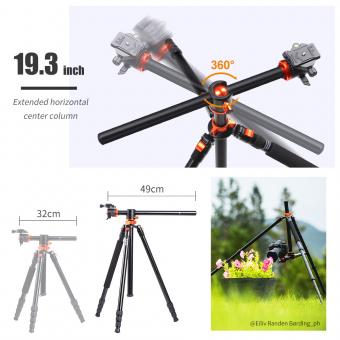



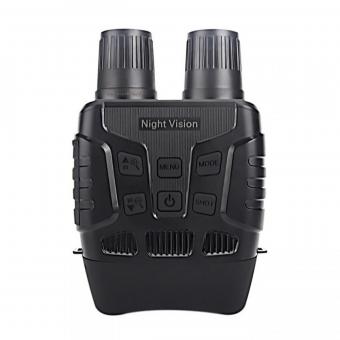
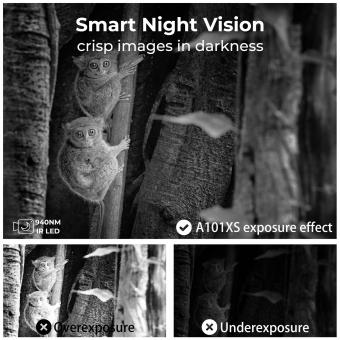



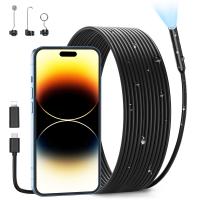



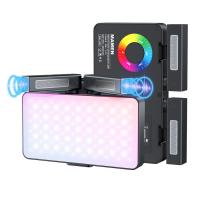


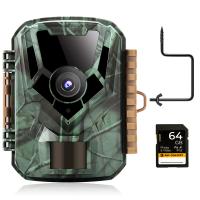
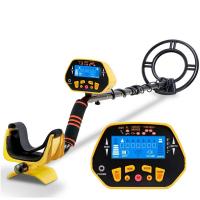

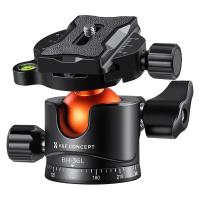
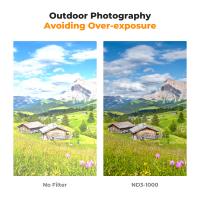
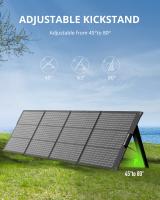
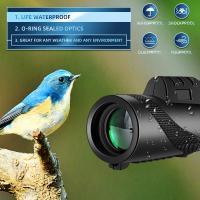

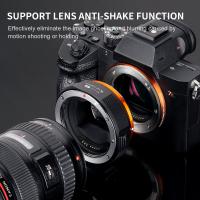


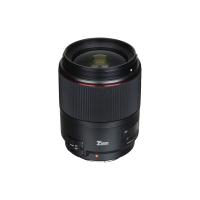
There are no comments for this blog.